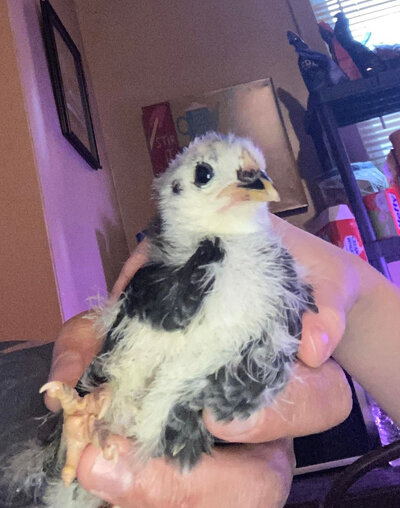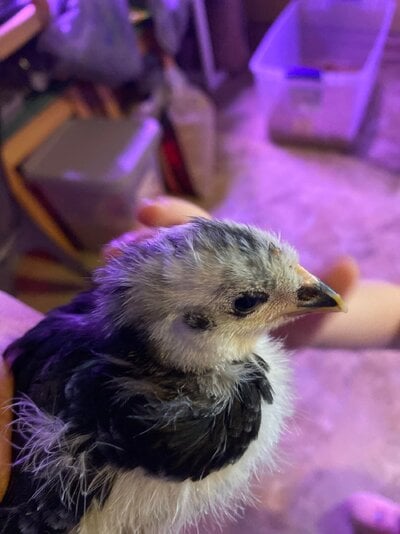Leasmom1013
Songster
- May 6, 2020
- 67
- 166
- 103
I have three that are similar. From the beginning they were the same color they are now and larger than the rest. I immediately thought they may be a different breed but then I saw a video with some Black Australorps that looked similar so I figured I must be wrong. But they are now 3 weeks old and they haven't changed. I honestly am not sure if I have Black Australorps, to be honest. But, I want to identify this one first. What is this?
Attachments
-
 336528220_1039705860326690_9138172582262876206_n.jpg1.1 MB · Views: 35
336528220_1039705860326690_9138172582262876206_n.jpg1.1 MB · Views: 35 -
 336520272_607356670885497_1328183872758633510_n.jpg967.6 KB · Views: 4
336520272_607356670885497_1328183872758633510_n.jpg967.6 KB · Views: 4 -
 336528025_178603308290343_165293327580548285_n.jpg1.7 MB · Views: 4
336528025_178603308290343_165293327580548285_n.jpg1.7 MB · Views: 4 -
 336524499_3364429233806178_5665103109629436973_n.jpg1.4 MB · Views: 3
336524499_3364429233806178_5665103109629436973_n.jpg1.4 MB · Views: 3 -
 331322030_584903496926399_4638581670402400846_n.jpg413.7 KB · Views: 3
331322030_584903496926399_4638581670402400846_n.jpg413.7 KB · Views: 3 -
 336496209_3089676528006475_5993122151717463921_n.jpg396.8 KB · Views: 2
336496209_3089676528006475_5993122151717463921_n.jpg396.8 KB · Views: 2





